Linifanib (ABT-869)
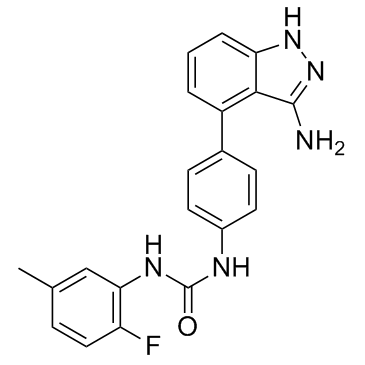
Linifanib (ABT-869) structure
|
Common Name | Linifanib (ABT-869) | ||
|---|---|---|---|---|
| CAS Number | 796967-16-3 | Molecular Weight | 375.399 | |
| Density | 1.4±0.1 g/cm3 | Boiling Point | 542.2±50.0 °C at 760 mmHg | |
| Molecular Formula | C21H18FN5O | Melting Point | 180-183ºC (dec.) | |
| MSDS | N/A | Flash Point | 281.7±30.1 °C | |
Use of Linifanib (ABT-869)Linifanib (ABT-869) is a multi-targeted inhibitor of VEGF and PDGFR receptor family with IC50s of 3, 4, 66, 4 nM for KDR, Flt-1, PDGFRβ and FLT3, respectively. |
| Name | 1-[4-(3-amino-1H-indazol-4-yl)phenyl]-3-(2-fluoro-5-methylphenyl)urea |
|---|---|
| Synonym | More Synonyms |
| Description | Linifanib (ABT-869) is a multi-targeted inhibitor of VEGF and PDGFR receptor family with IC50s of 3, 4, 66, 4 nM for KDR, Flt-1, PDGFRβ and FLT3, respectively. |
|---|---|
| Related Catalog | |
| Target |
KDR:4 nM (IC50) PDGFRβ:66 nM (IC50) Flt-1:3 nM (IC50) FLT3:4 nM (IC50) |
| In Vitro | Linifanib exhibits IC50 values that range from 4 nM (KDR) to 190 nM (FLT4) for members of the VEGF and PDGF receptor families. Linifanib is also active against TIE2 and, to a lesser extent, RET, but is much less active (IC50>10 μM) against other nonrelated tyrosine kinases, such as steroid receptor coactivator and epidermal growth factor receptor. Phosphorylation of KDR induced by VEGF is inhibited by Linifanib with an IC50 of 4 nM in 3T3 murine fibroblasts engineered to express human KDR. A similar potency for inhibition of receptor autophosphorylation is seen with Linifanib when HUAECs are used as the target cell. Linifanib inhibits VEGF-stimulated phosphorylation of KDR completely at 10 nM and by 70% at 3 nM (IC50=2 nM)[1]. |
| In Vivo | Linifanib is effective orally in the mechanism-based murine models of VEGF-induced uterine edema (ED50=0.5 mg/kg) and corneal angiogenesis (>50% inhibition, 15 mg/kg). ABT-869 exhibits efficacy in human fibrosarcoma and breast, colon, and small cell lung carcinoma xenograft models (ED50=1.5-5 mg/kg, twice daily) and is also effective (>50% inhibition) in orthotopic breast and glioma models. Reduction in tumor size and tumor regression is observed in epidermoid carcinoma and leukemia xenograft models, respectively[1]. |
| Kinase Assay | For tyrosine kinase assays, a biotinylated peptide substrate containing a single tyrosine is used with 1 mM ATP, an Eu-cryptate-labeled anti-phosphotyrosine antibody (PT66), and Strepavidin-APC in a homogeneous timeresolved fluorescence assay. Serine/threonine kinases are assayed using 5 μM ATP, [33P]ATP, and a biotinylated peptide substrate with peptide capture and incorporation of 33P determined using a SA-Flashplate. Linifanib is assayed at multiple concentrations prepared by serial dilution of a DMSO stock solution of the compound. The concentration resulting in 50% inhibition of activity is calculated using nonlinear regression analysis of the concentration response data[1]. |
| Cell Assay | HUAEC are plated into 96-well plates at 2,500 per well and incubated with serum-free medium for 24 hours. Linifanib and VEGF(final, 10 ng/mL) are added and incubated for 72 hours in serum-free medium. For carcinoma cell lines, 2,500 per well are plated overnight in full growth medium. Linifanib is added to the cells in full growth medium and incubated for 72 hours. For leukemia cells, generally 50,000 per well are plated in full growth medium, drug added, and incubated for 72 hours. The effects on proliferation are determined by addition of Alamar Blue (final solution, 10%), incubation for 4 hours at 37jC in a CO2 incubator, and analysis in a fluorescence plate reader[1]. |
| Animal Admin | Mice: Tumor-bearing animals are divided into groups (n=10), and administration of vehicle (2% ethanol, 5% Tween 80, 20% PEG400, 73% saline) or inhibitor (Linifanib) at the indicted dose is initiated. Tumor growth in the flank is assessed by measuring tumor size with calipers and calculating size. Tumor volume for the orthotopic glioma model is determined using magnetic resonance imaging[1]. |
| References |
| Density | 1.4±0.1 g/cm3 |
|---|---|
| Boiling Point | 542.2±50.0 °C at 760 mmHg |
| Melting Point | 180-183ºC (dec.) |
| Molecular Formula | C21H18FN5O |
| Molecular Weight | 375.399 |
| Flash Point | 281.7±30.1 °C |
| Exact Mass | 375.149536 |
| PSA | 95.83000 |
| LogP | 4.34 |
| Vapour Pressure | 0.0±1.4 mmHg at 25°C |
| Index of Refraction | 1.766 |
| InChIKey | MPVGZUGXCQEXTM-UHFFFAOYSA-N |
| SMILES | Cc1ccc(F)c(NC(=O)Nc2ccc(-c3cccc4[nH]nc(N)c34)cc2)c1 |
| Storage condition | -20?C Freezer |
|
~47% 
Linifanib (ABT-869) CAS#:796967-16-3 |
| Literature: Organic Process Research and Development, , vol. 13, # 6 p. 1419 - 1425 |
|
~86% 
Linifanib (ABT-869) CAS#:796967-16-3 |
| Literature: Organic Process Research and Development, , vol. 13, # 6 p. 1419 - 1425 |
|
~% 
Linifanib (ABT-869) CAS#:796967-16-3 |
| Literature: Journal of Medicinal Chemistry, , vol. 50, # 7 p. 1584 - 1597 |
|
~% 
Linifanib (ABT-869) CAS#:796967-16-3 |
| Literature: Journal of Medicinal Chemistry, , vol. 50, # 7 p. 1584 - 1597 |
|
~% 
Linifanib (ABT-869) CAS#:796967-16-3 |
| Literature: Journal of Medicinal Chemistry, , vol. 50, # 7 p. 1584 - 1597 |
|
~% 
Linifanib (ABT-869) CAS#:796967-16-3 |
| Literature: WO2009/52231 A1, ; Page/Page column 13-14 ; |
| Linifanib |
| S1003_Selleck |
| Kinome_532 |
| ABT 869 |
| ABT-869 |
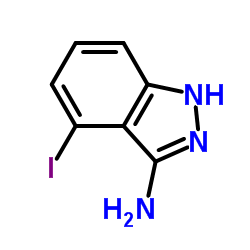
![N-(2-Fluoro-5-methylphenyl)-N'-[4-(4,4,5,5-tetramethyl-1,3,2-dioxaborolan-2-yl)phenyl]urea structure](https://image.chemsrc.com/caspic/254/796967-18-5.png)
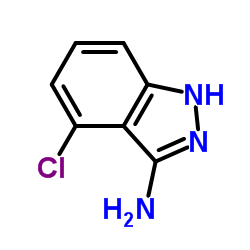
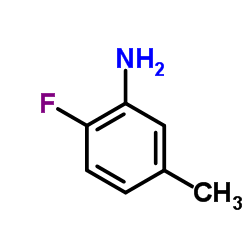
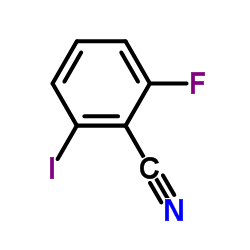
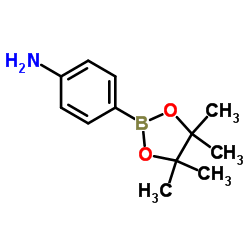
![N-[4-(3-amino-1H-indazol-4-yl)phenyl]-N'-(2-fluoro-5-methylphenyl)urea monohydrate structure](https://image.chemsrc.com/caspic/115/1145835-80-8.png)